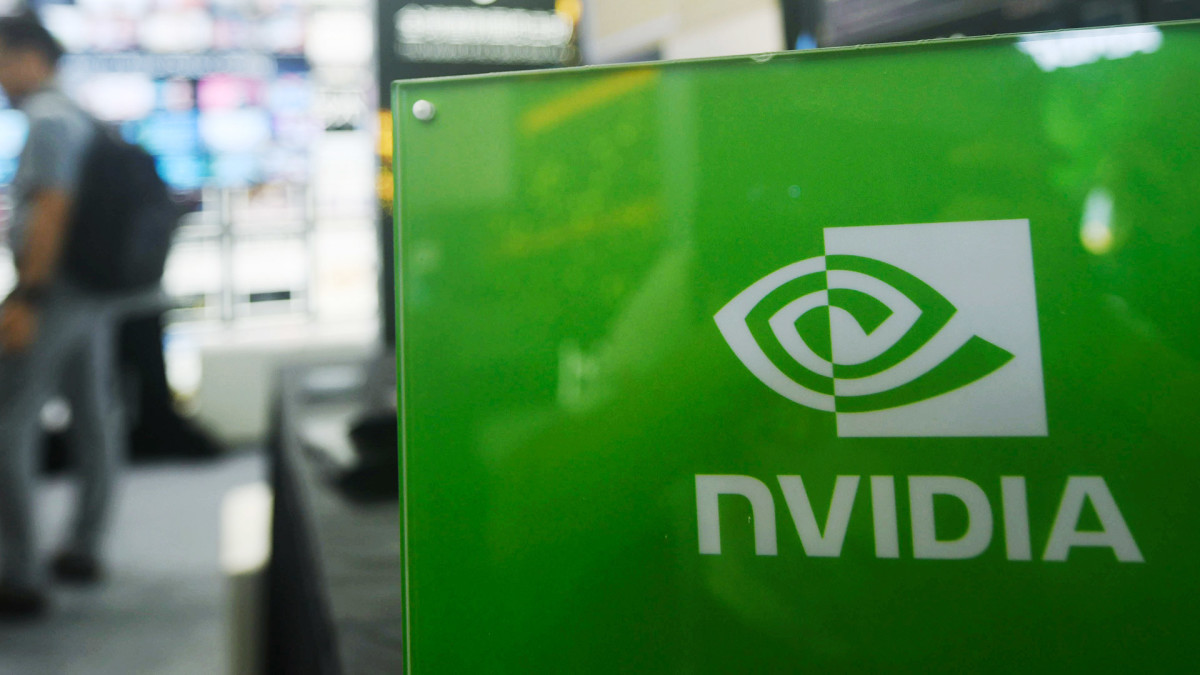
Intel shares fell sharply in Tuesday trading, extending their 2024 slump, amid reports that the chipmaker could be removed from the Dow Jones Industrial Average over the coming months.
Intel (INTC) , which has lost more than $210 billion in market value since its prepandemic peak in January 2020, remains the benchmark's worst-performing stock and the lowest of the 30 companies on the price-weighted index.
Reuters has reported that Intel shares, which have fallen more than 56% this year, are now trading some 29 times lower than those of UnitedHealth (UNH) , the Dow's biggest weight. S&P Dow Jones Indices, which manages the index, usually monitors stocks that are trading at a level that is 10 times lower than the highest weighted stock.
S&P Dow Jones Indices is not above turfing big-name stocks from its bellwether, having knocked out AT&T (T) for Apple in 2015, less than a year after the iPhone maker unveiled a 7-for-1 stock split in June 2014. Its last change came earlier this year, when it removed Walgreen Boots Alliance (WBA) and added tech and e-retail giant Amazon (AMZN) .

Getty
Intel, the first tech name ever added to the Dow, would likely be replaced by another name in the sector, and many analysts have suggested it could be chipmaker Nvidia.
Nvidia to replace Intel?
Nvidia, (NVDA) which carries a market value of around $2.75 trillion and is the third biggest stock in the S&P 500, unveiled a 10-for-1 stock split in June. Some analysts suggested that the move would make the stock ripe for inclusion in the industrial bellwether.
"There’s no set time when they rebalance that index of 30 stocks, but seeing Nvidia’s importance in the American economy and market weighting, it would make sense for them to be added to the mighty Dow 30," Jay Woods, chief global strategist at Freedom Capital Markets, had said of the Nvidia stock split at the time.
Related: 5 stocks that could be tossed from the Dow
Intel's woes are likely to continue regardless of its place in the Dow, which it first gained in late 1999, as it faces huge questions about the fate of its long-running turnaround under CEO Pat Gelsinger.
Intel wants to scale its business across the AI spectrum by making chips that power next-generation laptops as well as those that support processors for client-based servers. It's also building and expanding a contract chip-foundry business tied to investments from President Joe Biden's Chips Act legislation.
Managing both has proved incredibly difficult, however, as profits have been weighed down by bloated chip inventories and its money-losing foundry division.
Intel's ongoing turnaround
The group's second quarter earnings report did little to change that perspective. Adjusted profit for the three months ended in June came in at 2 cents a share, well shy of Wall Street's 10-cent forecast, while revenues fell 1.15% to $12.8 billion.
Related: Intel's future suddenly may be in doubt
Looking into the current quarter, Intel sees revenue in the region of $12.5 billion to $13.5 billion, again shy of the LSEG forecast of $14.35 billion. And it unveiled plans to reduce its global headcount by 15% — more than 15,000 people — and suspend its quarterly dividend.
Reuters also reported Tuesday that Gelsinger would detail a series of plans to the Intel board later this month, including deeper cost cuts and potential asset sales.
Morgan Stanley and Goldman Sachs have been hired to advise the group, Reuters reported. The sale of its Altera chip business, which it purchased for $16.7 billion in 2015, is potentially on the table.
More Tech Stocks:
- Analysts reset AMD stock outlooks after AI acquisition
- Analyst resets Nvidia stock price target before earnings
- Trader who predicted Palantir, SoFi, Rocket Lab rallies updates outlook
Intel shares were marked 7.7% lower in Tuesday afternoon trading and changing hands at $20.32, a move that would extend the stock's 2024 decline to around 57%. Nvidia shares were also in the red, falling 7.7% to $110.13 each.
Related: Veteran fund manager sees world of pain coming for stocks







